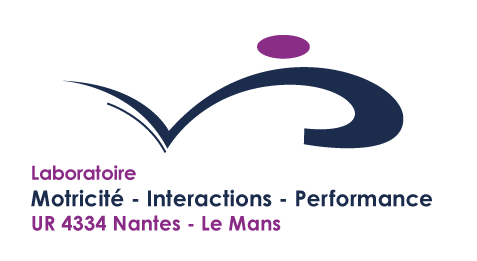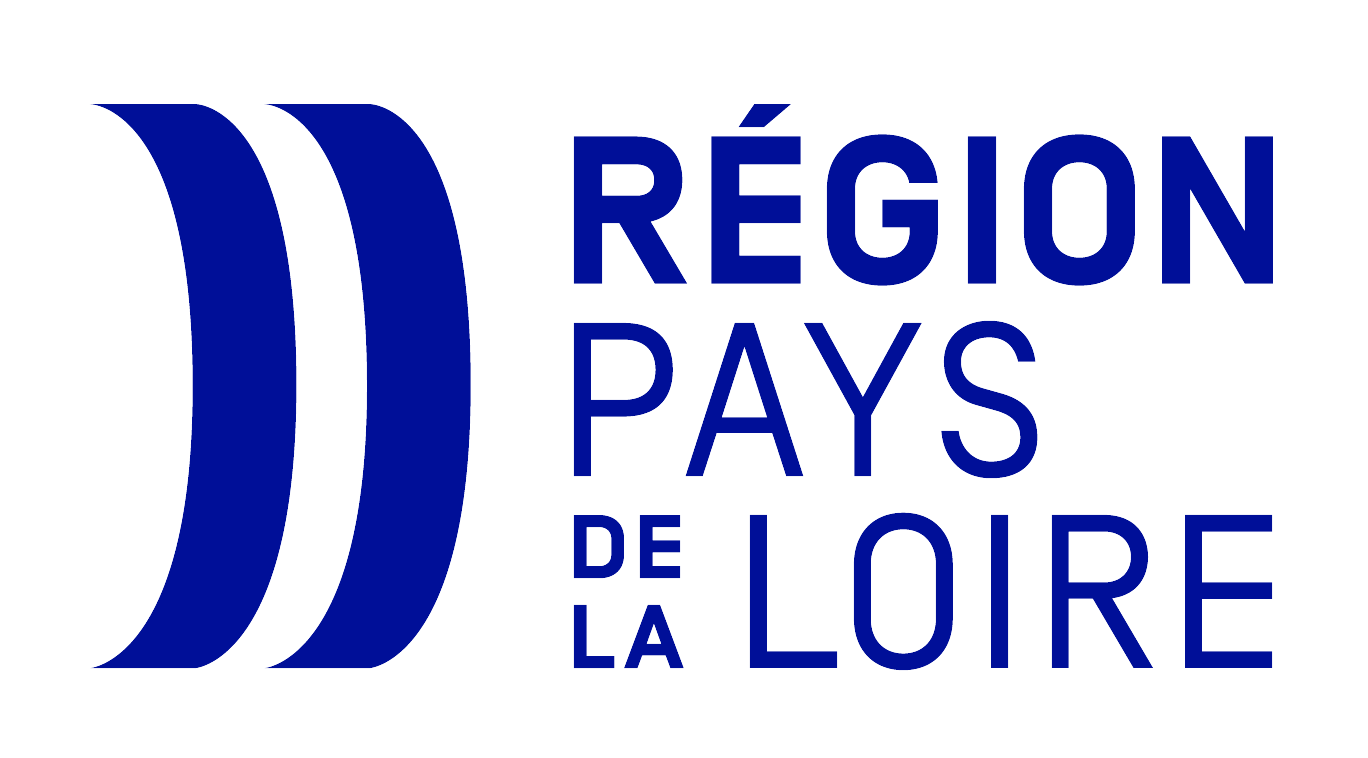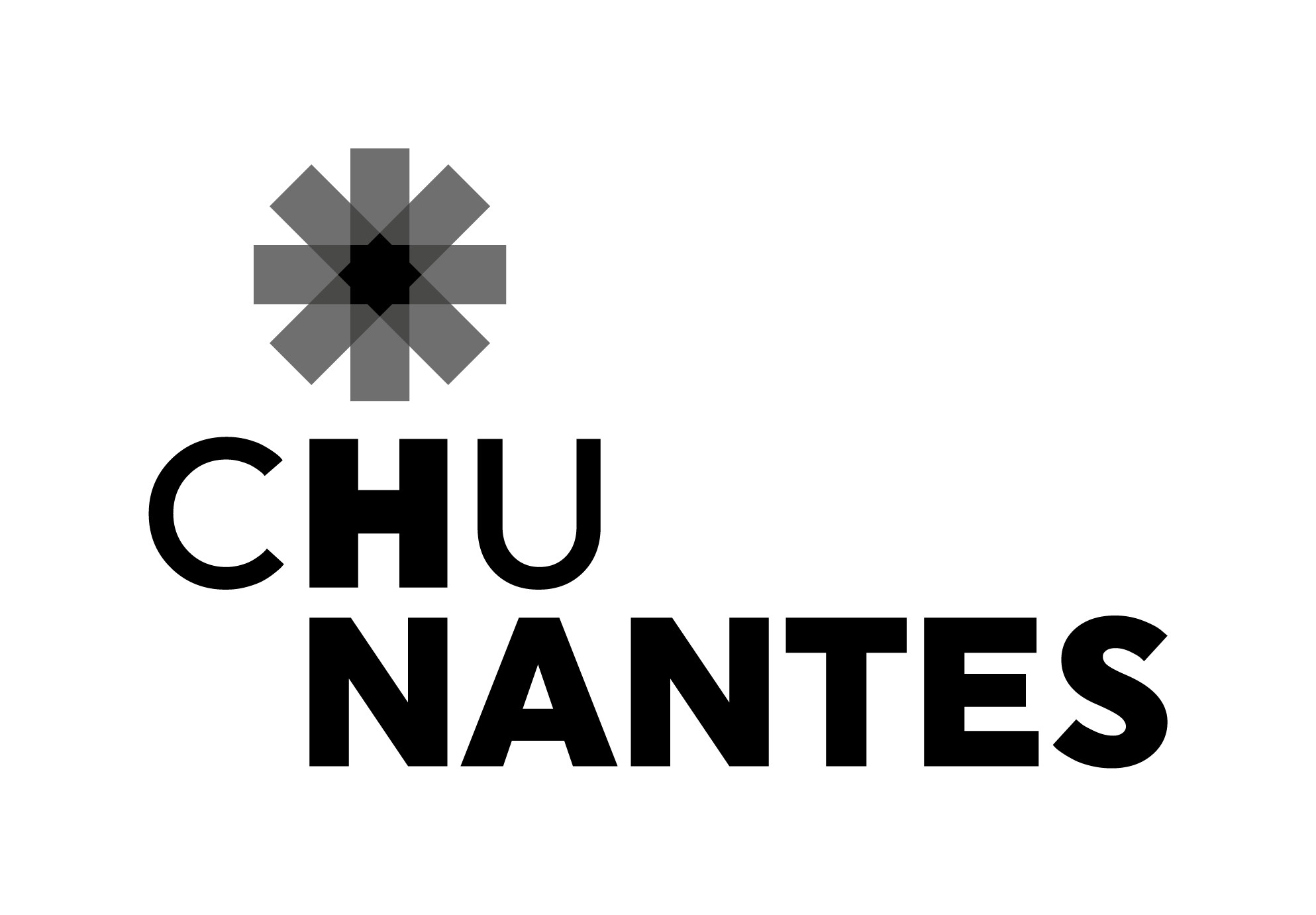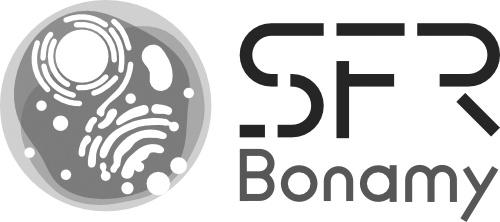PEPSE platform
The PEPSE platform “Performance, Santé, Ergonomie” [Performance, Health, Ergonomics] is an expertise platform for functional exploration in humans, which provides cutting-edge technological resources and associated scientific expertise for large-scale projects concerning analysis and optimization of human movement.
Drawing on the expertise of the “Movement, Interactions, Performance” Research Unit (MIP, UR 4334), PEPSE provides scientific and technical support for single- or multi-disciplinary projects involving human movement in the fields of life sciences, engineering sciences and/or humanities.
PEPSE's objective is to make its resources available to teams from academia, sport and industry. In terms of scientific and societal challenges, PEPSE targets three types of services and/or partnerships:
- Sports performance: professional sports clubs, training centers, sports federations, etc.
- Health (sport for all, pathologies, ageing): researchers and clinicians from university hospitals, physiotherapy centers, etc.
- Ergonomics (occupational / sports equipment ergonomics): companies involved in ergonomics, occupational health, prevention of musculoskeletal disorders and/or sports equipment

Expertise
The PEPSE platform draws on the technical and scientific expertise of the MIP engineers and research team, in line with the research areas “force production and estimation”, “motor coordination” and “psychomotor adaptations”.
One of our best known fields of expertise is non-invasive, in vivo analysis of the mechanical qualities and properties of muscle and motor coordination (e.g., state-of-the-art ergometry, 2D and 3D ultrasound, elastography, electromyography and motion capture and analysis: see “Measurements and Equipment” section).
PEPSE's strength lies in providing solutions tailored to the needs of specific projects in terms of:
- Target population: ranging from patients suffering from specific pathologies though sedentary or active individuals to high-level athletes
- Level of analysis: from a very local approach (e.g., assessment of the mechanical properties of a particular tissue or muscle) to a more functional overall analysis of movement, or even a multidisciplinary approach (e.g., combining biomechanical, physiological and/or psychological markers)
- Evaluation context: from the laboratory to ecological conditions specific to movement

Examples of services offered
- Evaluation-Diagnosis: implementation of biomechanical, physiological and psychological evaluation procedures for human movement (athletes, sedentary persons or patients with pathologies)
- Design / Development of innovative and specific evaluation protocols allowing the monitoring of adaptations induced by interventions (physical or mental training programs, effect of physical activity, medication treatment, etc.), whether these relate to sports and performance; health, diseases or aging; or ergonomics
- Development of procedures for collecting and/or processing data and/or visualizing it quickly and intelligibly (e.g., automated visual reports)
- Scientific validation of equipment/tools in the fields of performance, health and ergonomics
- Special needs:
- Possible provision of assistance in implementing innovative interventions (e.g., strength and conditioning, reathletization, non-medication therapeutic programs (physical activity), mental training, etc.)
- Provision of certain equipment together with technical support
Measurement and Equipment
The PEPSE platform uses state-of-the-art equipment whose reliability and precision have been scientifically validated.
- Assessment of muscular qualities (strength, speed, power, explosiveness, stiffness):
- Monosegmental isokinetic ergometers (Biodex, Con-trex), knee dynamometers (S2P), cyclo-ergometers (Lode Excalibur Sport, Stage)
- Force platform (Sensix), force transducers (Sensix 3D transducer, hand dynamometer, S-shaped force transducer), instrumented pedals for measuring 2D forces and pedaling efficiency
- Assessment of muscle and tendon architecture:
- B-mode and UltraFast (SuperSonic Imagine) and transportable (Telemed) ultrasound scanners
- 3D ultrasound systems (PIUR)
- Assessment of posture and movement (segmental position, speed and acceleration):
- Motion capture (VICON, Optitrack, Polaris)
- Force platform (Kistler)
- Assessment of neurophysiological qualities and muscular coordination:
- Wired and wireless electromyography systems (Cometa, Delsys, BioElettronica, ADInstruments)
- Constant-current stimulators (Digitimer) and transcranial magnetic stimulator (MagStim)
- Other assessment tools:
- Optical detection system (OptoJump), linear wired sensors (ChronoJump, Vitruve), radar, iPad, etc.
- Heart rate monitor (Polar team), blood lactate analyzer, skinfold caliper, etc.
- Fully equipped room for strength and conditioning
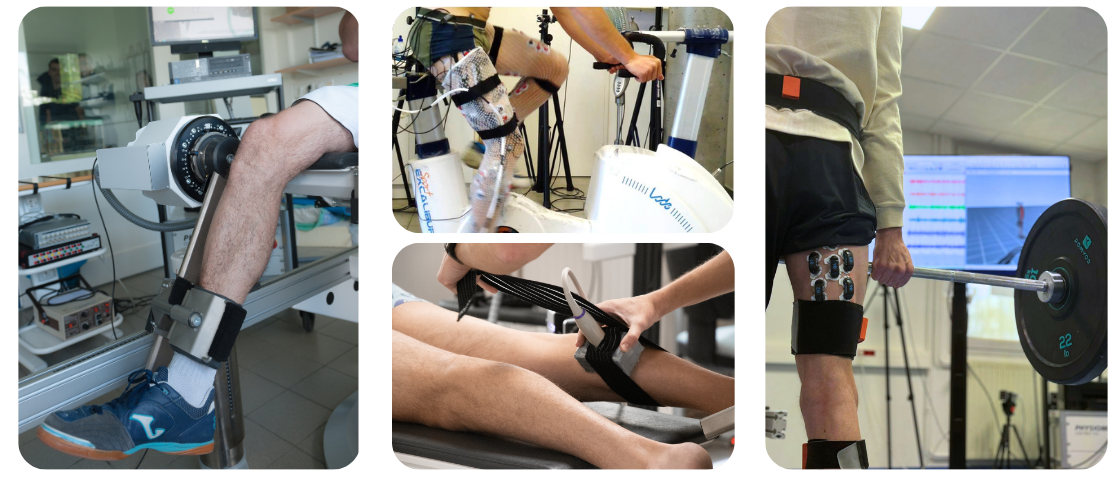
Applications
- Medicine, human health
- Sports science, sports performance, training
- Injury, rehabilitation, reathletization
- Neuromuscular physiology, biomechanics
- Occupational ergonomics, musculoskeletal disorders
- Metrology, scientific validation, sports equipment
- Psychology of sport and health
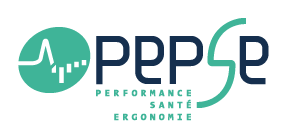
Version française
Contacts
44322 NANTES cedex 3 - FRANCE
Sylvain Dorel, Scientific Manager
Aurélie Sarcher, Technical Manager
Eva Demoy, Engineer
Follow us

Partners
